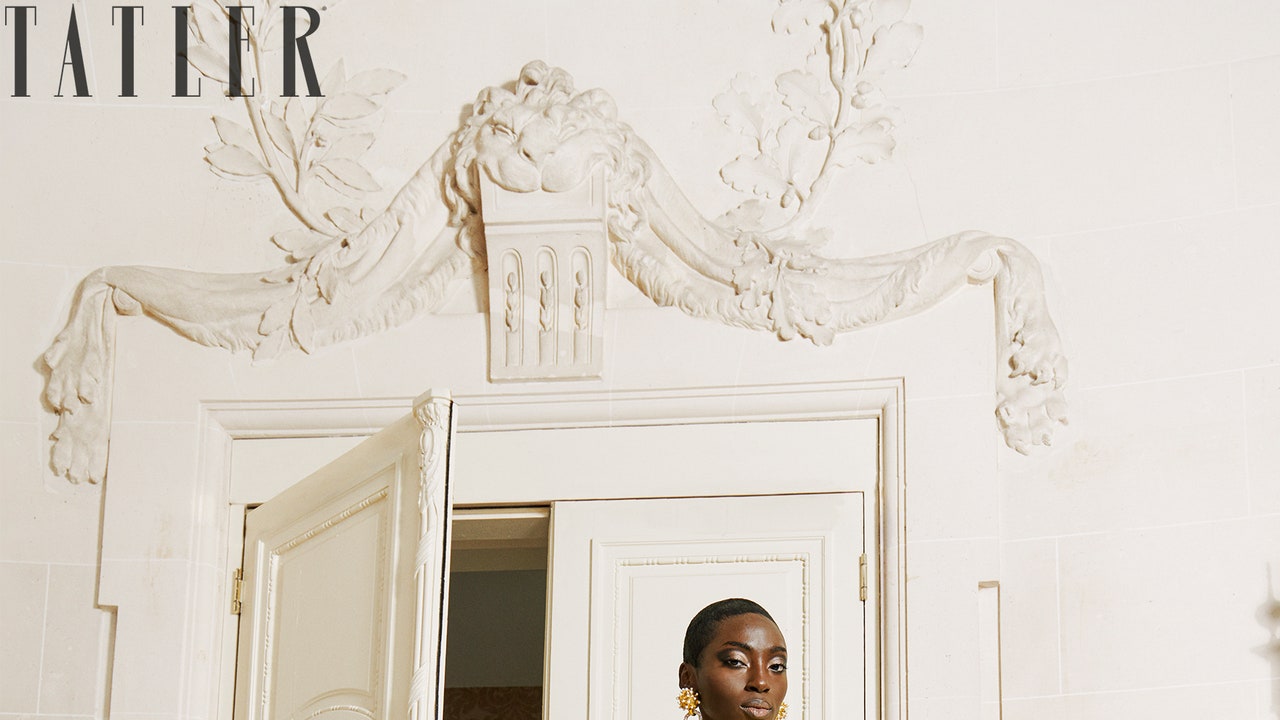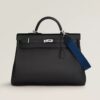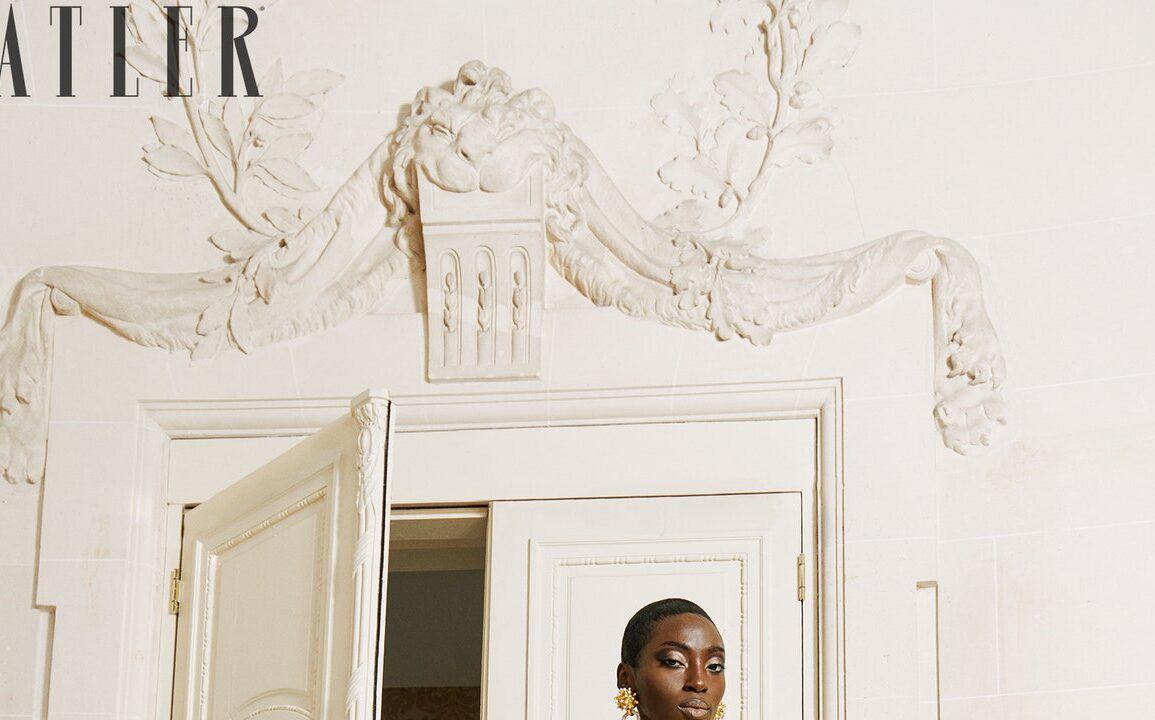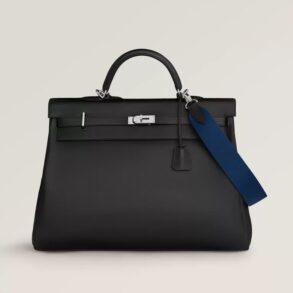
Recently, the value of ‘passion assets’ such as handbags and watches have seen a surge of investment growth. The latest Knight Frank Wealth Report showed that handbags saw a 67 per cent investment growth over a decade, while watches saw a 138 per cent growth over the same period. So, how do these non-traditional assets come into play during divorce proceedings, particularly if they’ve become more valuable since initial purchase?
‘Parties to a divorce have a duty to provide full and frank financial disclosure of all their assets, liabilities and incomes,’ says Lois Langton, Head of Family at Howard Kennedy, adding: ‘This includes personal belongings with a re-sale value of £500 or more. The important word here is ‘re-sale’ and not the price paid.’
Langton says that luxury items are increasingly becoming a dominant feature during divorces. ‘Vintage watches, Birkin handbag collections or iconic Vivienne Westwood pieces might well grow in value throughout a marriage, and even outperform more conventional investments. What we are seeing in divorces highlights an emerging trend: some handbags and clothing are, in essence, works of art and consequently appreciate in value. As such, luxury items should be disclosed and valued in the same way as any other asset. An independent expert can be appointed by the court, if necessary, to prepare a formal valuation. Most auction houses have dedicated teams who are able to provide valuation reports for court purposes where the couple is unable to reach agreement.’
There have been a number of cases relating to luxury assets that were initially given as gifts being withheld from partners during divorce proceedings. Frances Hughes, Founding Partner at Hughes Fowler Carruthers notes: ‘I have personally enforced an order for the return of a coloured diamond which had been gifted by the husband to a subsequent wife and it turned out to be well worth doing, the asset being worth many millions.’
Jane McDonagh, Head of Family Law at Simon Muirhead Burton says one of the biggest issues relating to luxury assets during separation is the identification of said assets. ‘Did the item ever exist and if so what exactly were they? It is often the case that one party remembers specifically an item of jewellery or a watch was purchased and the other party denies it was ever bought – or perhaps lost, or different from what has been suggested. We have spent a lot of time trawling back over historic photographs to determine if these items ever existed. This could include going back over photographs on Instagram to look at birthday celebrations when a client was said to receive a Hermès Birkin from her husband.’
McDonough adds: I’ve had more than one case where both parties (accompanied by third parties) have attended a safe to itemise and document valuables. Much to our surprise by one party, the items have already gone or much depleted. A spouse in one case said that all her jewellery had been stolen from her handbag. Unless you have photographic evidence of the item and/or receipt/insurance evidence then it is difficult to establish what was there, and once it’s gone, courts are reluctant to attribute a value to it unless convinced that the items have purposely disappeared.’
This post was originally published on this site be sure to check out more of their content.







